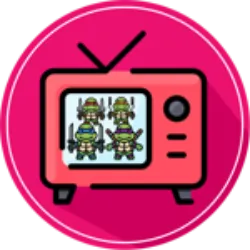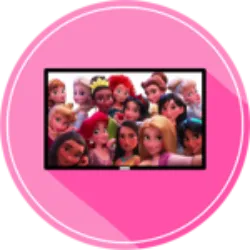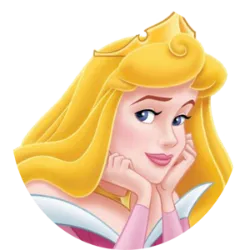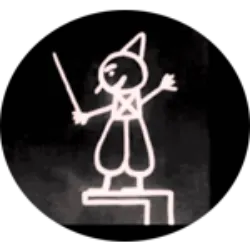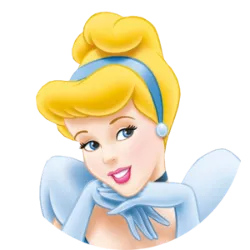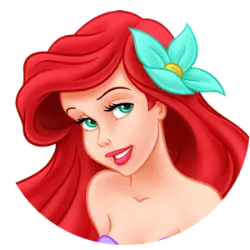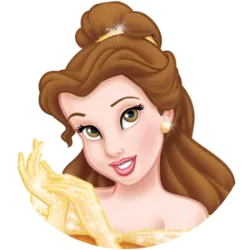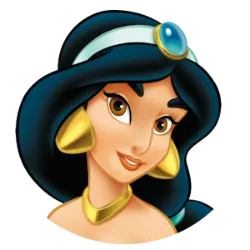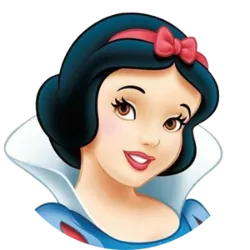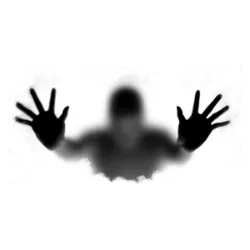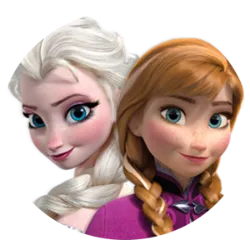Computerized animation course
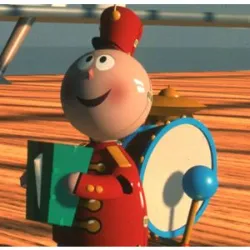
Tin Toy (1988), produced by Pixar, was the first short computer animation to win an Oscar, marking a watershed in digital animation. Before "Tin Toy", animations were predominantly human-made, and the use of computers in animation was still a novelty. Pixar, with its innovative use of 3D animation technology, pioneered the transition to digital animation, creating a short story that mixed digital technology with an animation style that would become the basis for the company's future productions.
The short story tells the story of a tin jumper trying to escape from a naughty baby, and it impresses both the quality of the animation and the emotional depth of the story. Pixar used RenderMan animation software, which was developed in-house, to create the "Tin Toy" animation. This was the first time that the 3D animation technique was remade in such a significant way in the traditionally 2D animation world.
With the Oscar win for Melhor Curta-Metragem de Animação, "Tin Toy" not only established Pixar as a creative force in the industry, but also was a framework for the future of digital animation. This award opens the way for more technological innovations and for the success of long films like "Toy Story" (1995), or the first film completely made in 3D animation.
Characters with four fingers
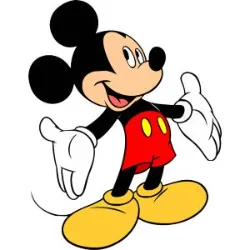
The decision to give cartoon characters only four fingers has a very practical explanation. Throughout the history of animation, especially during the early days of production, saving time and resources was essential, since drawings were done manually, frame by frame. By reducing the number of fingers, animators were able to speed up the animation process, making the task more efficient and reducing the work required to draw each scene.
This detail can be seen in characters such as Mickey Mouse and Homer Simpson. Instead of five fingers, like us humans, these characters only have four on each hand. This decision was also a way to simplify character designs and avoid excessive complexity in scenes. In an era when budgets were tighter, saving time on drawing details became crucial to the viability of projects. And although the idea of "only four fingers" seems like a simple detail, it ended up becoming an icon of cartoon aesthetics, even influencing today's animation styles.
Test yourself with one of these challenges 👇
Discover some interesting facts about Animated Cartoon
First colored cartoon
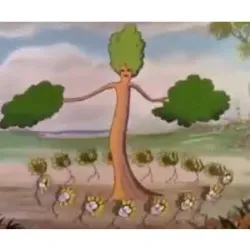
Flowers and Trees (1932), a Disney short film, marked an important milestone in the history of animation, as it was the first cartoon to use Technicolor technology. Before that, cartoons were made in black and white, which limited the viewing experience. The introduction of Technicolor brought an explosion of vibrant colors, completely transforming the way animators could express emotions and create environments.
The innovation was not limited to aesthetics, but also to the impact it had on the film industry. Disney was a pioneer in adopting this new technology, which not only improved the visual quality of its films, but also helped establish a new era of animation. "Flowers and Trees" was so impressive that it won the first Academy Award for Best Animated Short Film, cementing its place in history.
In addition, the use of Technicolor in animation influenced the entire industry, and many studios began to adopt the technique for their own projects. This innovation was fundamental to the development of animation as an art form, allowing for a richer, more immersive visual expression that continues to this day in modern animated films. The impact of "Flowers and Trees" is felt to this day, becoming a key piece of cinematic history.
The origin of Tom and Jerry
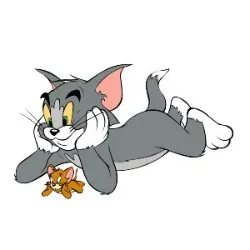
The iconic characters of "Tom and Jerry" who were named Jasper and Jinx. Originally, these names were intended during the initial phase of development of the animated design, created by animators William Hanna and Joseph Barbera. However, the change for "Tom" and "Jerry" happened thanks to a suggestion made by an MGM animator, a responsible study for the production of the design.
The choice of simpler and more easy-to-name names, such as "Tom" for the cat and "Jerry" for the time, was a strategy to increase the identification of the public with the characters. The name "Tom" was associated with the idea of a common cat, while "Jerry" was chosen for being a reference to the stereotype of a clever and naughty time. These are the most effective ways to establish the dynamics of two characters and facilitate the construction of their personalities in animation.
"Tom and Jerry" premiered in 1940, and the logo became one of the two most popular and beloved animated cartoons in the world. The series was a great success, winning several awards, including seven Oscars for Best Curta-Metragem de Animação, and today it is considered one of the most influential animations in history. The change of names was just the first step to raising the legacy of these two characters who will continue to enchant generations.
Johnny Bravo is a Cartoon Network series
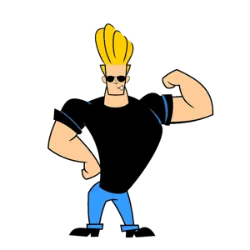
Johnny Bravo is a Cartoon Network series, originating from 1995 short films by Van Partible. Initially produced by Hanna-Barbera and later by Cartoon Network Studios, the series aired from 1997 to 2004. The plot follows Johnny Bravo, a muscular and narcissistic man looking for a girlfriend, facing rejection despite his good looks. He lives in the fictional town of Aron, accompanied by his mother Bunny, his neighbor Suzy, and other characters such as Carl and Pops. Known for its humor based on cultural references and crossovers with other series, "Johnny Bravo" had plot changes throughout the seasons.
Teen Titans
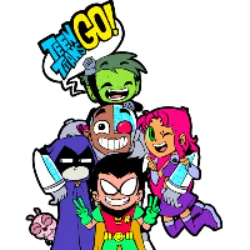
Teen Titans was a series that balanced adult themes with comedy while adapting arcs from the comics. Before her, two attempts to bring the Titans to TV failed. Although the creators deny it, some coincidences suggest a connection to the DC Animated Universe. The popularity of the character Ravenna in the series brought her back to the comics. The villain Slade had to be changed due to restrictions in the series. A "lost episode" was released online. Robin's identity has been confirmed as Dick Grayson. The series' abrupt cancellation sparked several theories. The success of the DC Nation Shorts led to the resurgence of the Titans in "Teen Titans Go!", which divided opinions but gained its own identity.
Courage, the Cowardly Dog, released in 1999
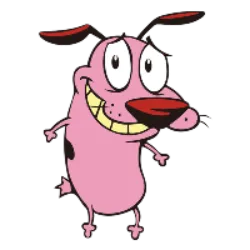
Courage, the Cowardly Dog, released in 1999, captivated the public with its mysteries and peculiar characters. Created by John R. Dilworth, the design was inspired by the names of the dog's owners, Chandler Muriel Bing and Ross Estácio Geller, from "Friends". It addressed serious themes such as machismo and domestic violence in episodes such as "The Mask", as well as possible references to serial killers. Nominated for an Oscar, it lost to "Wallace and Gromit". Theories suggest a connection to Area 51 and a homage to "The Exorcist." Coragem's fearful personality is explained by his isolated upbringing in a desert environment. Broadcast on Cartoon Network, it was a success from the beginning, especially with the episode "A Voyage of the Space Chicken".
Test yourself with one of these challenges 👇
HOME
